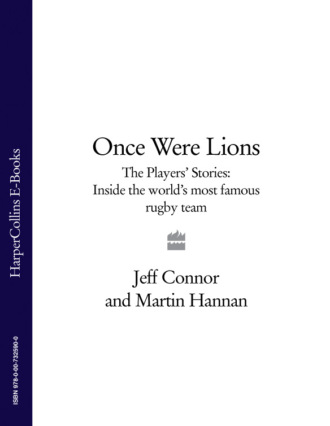Once Were Lions: The Players’ Stories: Inside the World’s Most Famous Rugby Team

Полная версия
Once Were Lions: The Players’ Stories: Inside the World’s Most Famous Rugby Team
Настройки чтения
Размер шрифта
Высота строк
Поля
Конец ознакомительного фрагмента
Купить и скачать всю книгу

